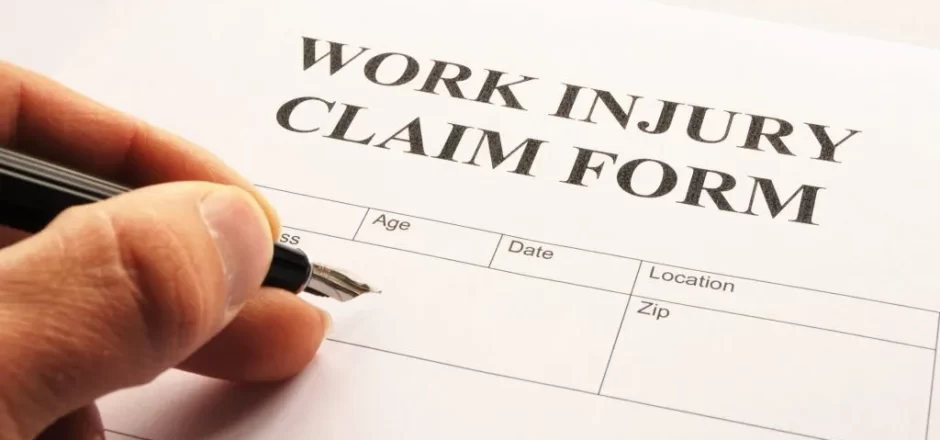How Much is My Work Injury Settlement Really Worth?

We’re going over the work comp disability chart and how the system works to evaluate disability claims and eventually lead to a work injury settlement. If you’re reading this blog and not watching our podcast on YouTube, you may get a little confused. So we would suggest you at least have the video running in the background while you read. You can access the video HERE.
We are going to basically run through with you what we essentially do with our clients who have work injury claims. There comes a point in time when the medical treatment is done, and it’s now time to focus on getting a disability settlement. So, I have to go through with my clients exactly how we come up with some kind of dollar figure that eventually leads to a settlement. We don’t just get to make up numbers. Work comp is a creature that was established by law. Everything is regulated, and everything is set out on how compensation will occur. That’s what people need to understand and know when they’re dealing with a work injury claim so that they know what is fair in the system and maybe more importantly, what is not fair in the system. And that all comes down to whether you end up just going on your own and taking what the insurance company offers you later realizing that it could have been so much more.
The chart put in place by Missouri law, breaks down the body into various weeks of disability. If you look at this chart (Click here to access), you will see a very large number in the middle. Right in the middle, you’ve got “Body as a Whole – 400 weeks.” What that means is if you have an injury that is considered a “Body as a Whole” injury, 400 weeks is the number of disability weeks we’re working off of to evaluate the residual disability to that body part. Generally speaking, the areas of the body that come into play for that particular level, that 400-week level, are injuries to the head, neck, and back.
You will see that there are obviously other parts identified on that chart. You’ve got the arm, the leg, the hand, the foot, etc. These are broken down into different levels depending on the severity of the injury and its impact on functionality.
Example Case
Let’s delve into an example case. John Doe suffered a shoulder injury. According to the chart, shoulder injuries are rated at 232 weeks of disability. John was hurt in January of 2024 and was making $1,000 a week at his job. His maximum compensation rate is $621.51 a week.
Now, the work comp doctor has provided a disability rating of 5%. However, this rating might not fully represent the extent of John’s disability. Seeking a second opinion from an orthopedic surgeon specializing in upper extremities might provide a fairer evaluation. Let’s say this doctor rates John’s disability at 35%.
Using the work comp doctor’s rating, John’s settlement offer would be $7,295. However, using our doctor’s rating, the settlement offer jumps to $50,466.47. This stark difference underscores the importance of seeking fair evaluations and representation to maximize compensation.
In conclusion, understanding the intricacies of work comp disability ratings and settlements is crucial for anyone navigating a personal injury claim. Seeking legal advice and representation can make a significant difference in the outcome of your case. If you have a claim that you need help with, never hesitate to reach out. We’re here to answer questions, provide free consultations, and ensure that you receive the compensation you deserve.






